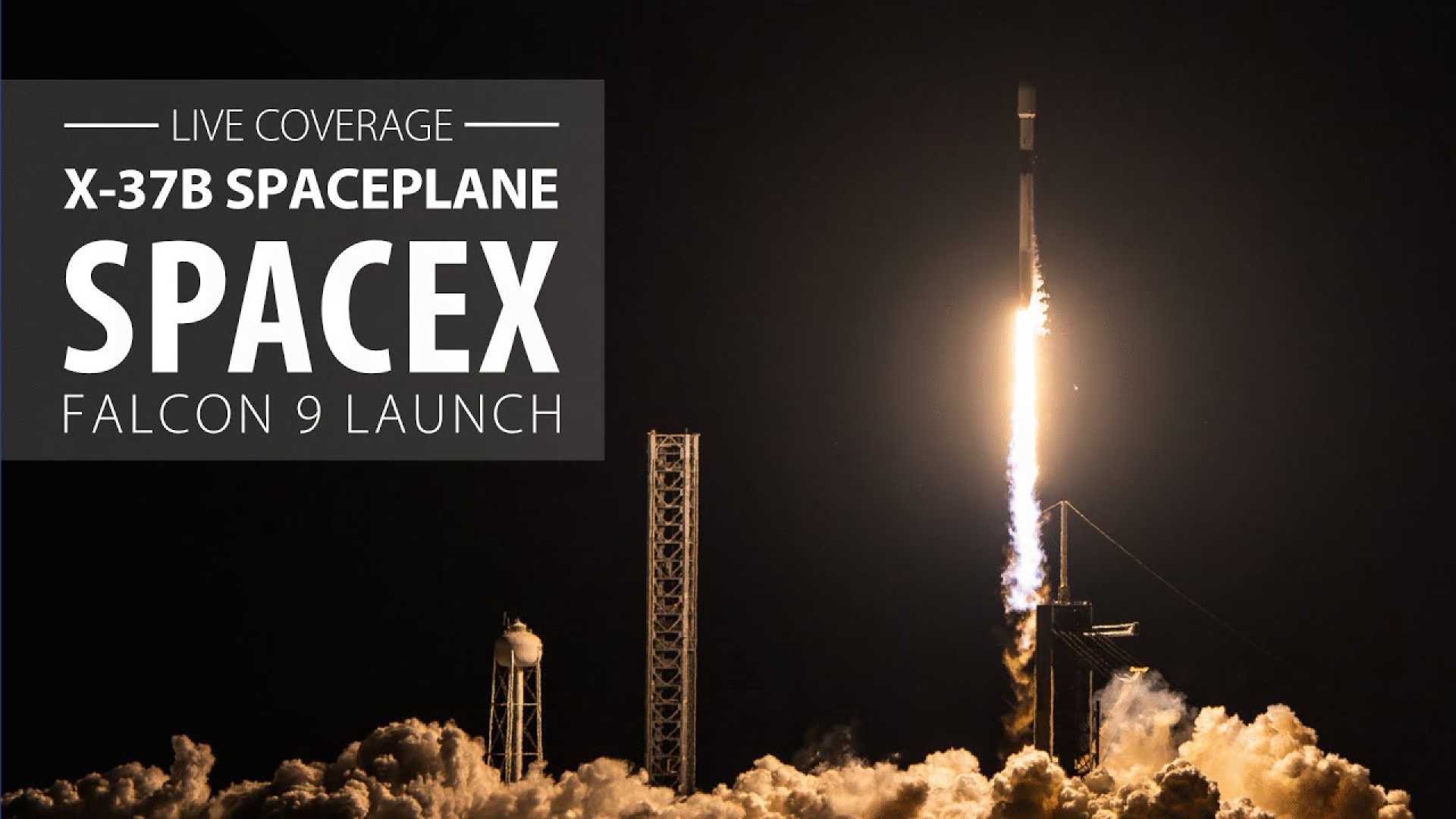News
X-37B Spaceplane Launches on Eighth Orbital Mission with New Technology

KENNEDY SPACE CENTER, Florida — The U.S. Department of Defense’s X-37B Orbital Test Vehicle (OTV) has begun its eighth flight into orbit, launching aboard a SpaceX Falcon 9 at 11:50 PM EDT on August 21. The mission, known as USSF-36 or OTV-8, lifted off from Launch Complex 39A.
The Falcon 9 rocket took a northeast trajectory to deliver the X-37B into low-Earth orbit. It is expected to follow a circular orbit at approximately 500 km altitude, inclined 49.5 degrees to the equator. Previous OTV missions have lasted hundreds of days, indicating a prolonged presence in space.
Supporting this launch, the booster B1092-6 successfully executed a return-to-launch-site landing at Landing Zone 2. This location will be used for all future landings until new pads are built at Launch Complex 39A and Space Launch Complex-40.
This flight marks B1092’s sixth mission, having previously launched the NROL-69, GPS III SV08, and CRS-32 payloads. While the specifics of the OTV-8 mission remain classified, some experiments focus on advancing military technology, including a high-bandwidth inter-satellite laser communication system and a quantum inertial navigation sensor.
The use of laser communications aims to enhance data reliability and security, an ongoing concern in military operations, especially in conflict zones where GPS jamming has been noted. The quantum inertial sensor is designed to detect rotation and acceleration, potentially offering navigation without GPS.
The X-37B spacecraft has accumulated 4,208 days in space across seven flights, averaging over 601 days per mission, and continues to foster new technologies for future national security applications.
As preparations for this launch unfolded, the 45th Weather Squadron forecasted a 65% chance of favorable conditions during the launch window, which later improved to 80%. The impacts of Hurricane Erin were also monitored as it moved along the U.S. East Coast.
Looking ahead, the X-37B’s successful flight will be closely watched as it tests crucial technologies necessary for future space operations. It marks another significant step for the U.S. Space Force in establishing resilient space communication systems.












